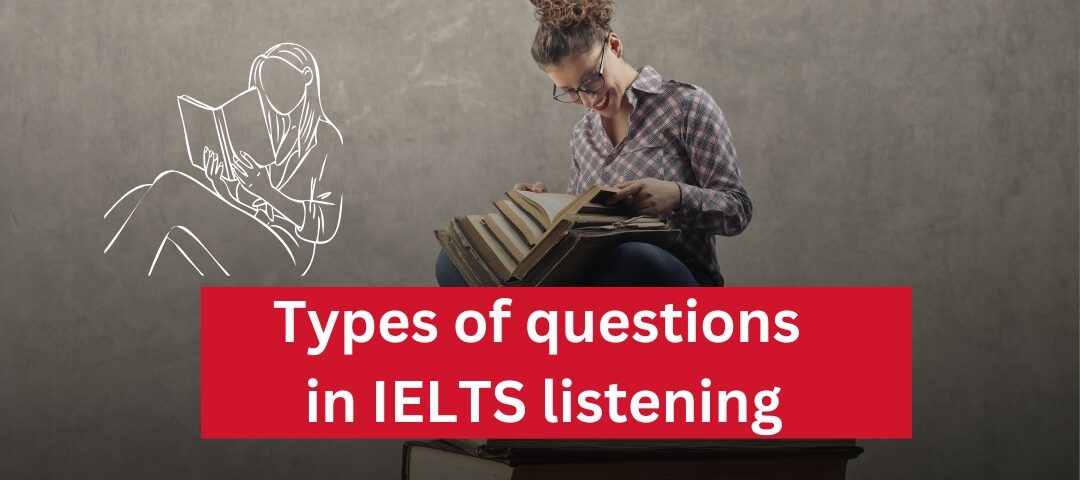
Popular places to study that allow a lot of part-time work
28 January 2025
IELTS Reading: Six key tips
7 February 2025Types of questions in LELTS listening: There are different types of questions that can be seen in ielts listening
Matching—where you must listen for details in a conversation between two people, matching questions are very prevalent. Matching the things in two lists of alternatives will be your task. For instance, you have to match the hotels (A–E) with the descriptions (1–4)
Multiple-choice You must select the right response from a shortlist of options (often three words or sentences) in multiple-choice questions. You must pay close attention because the answers will frequently seem to have similar meanings. Don’t choose the first response you hear.
Sentence completion-This question is a gap fill. To finish the phrases, you have to listen to the recording and add the missing words. You might need to fill in the words inside the sentences or add the sentence endings. Even if the information you provide is accurate, your response will be marked as “incorrect” if you write more than the allotted number of words.
Filling Out the Form– Although they do occur in other parts as well, form completion questions are most frequently asked in Section 1, which is a dialogue between two people. An order form or application is the most typical kind. In general, it’s simple to anticipate what information you’ll need to pay attention to. For instance, the responses may include the type of item ordered, the number indicating the quantity of things ordered, the street name, the postcode, and the surname.
Note completion-There are numerous ways to ask this kind of question. You’ll be required to fill in the blanks in a gap-fill exercise of some kind. This could include things like missing words in course notes. Be mindful of how many words or numbers you are permitted to write in your response.
Table completion-You must also fill in the blanks in table completion questions. Information will be arranged in rows and columns in the table. In general, tables categorize information by putting together data points that have similar characteristics or are connected in some way.
Summary completion-As you move through the Listening test, the difficulty increases, and the most difficult section, Section 4, frequently has summary completion questions. A synopsis of the tape, usually a monologue on a scholarly topic like a wildlife lecture, will be provided to you. You will need to fill in the terms that are missing from the summary. Anticipate a lot of paraphrase and synonym usage.
Questions with Short Answers This kind of question also requires you to pinpoint precise details about a subject. It’s especially prevalent in Section 2, which consists of a monologue in a typical social setting, like a welcome speech for freshmen in college. You have to listen to the tape and fill in all the blanks with a brief response.
Labeling of the Plan, Map, and Diagram This kind of question requires you to fill in the blank labels on a building plan, a map of a certain area, or a diagram of something. Because there are many hints about the missing words in the visual, particularly in the labels that are already there, many students find these questions to be among the easiest to answer. You can be provided a list of words to select the right responses from in addition to the plan, map, or diagram.
Flowchart completion– A process’s steps are displayed in a flowchart. There will be multiple steps between the process’s beginning and end. It could cover nearly anything that can be divided into phases, such as a brief manufacturing process, an application process, the steps of a training course, or the framework of a lecture or article. Since it’s a Section 3 question, the recording will consist of a dialogue between up to four individuals in a training or educational setting.


